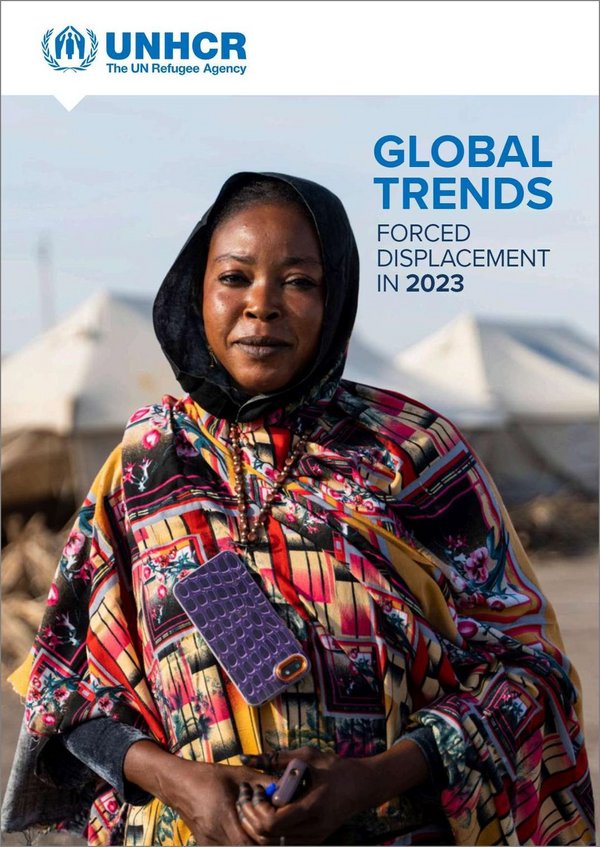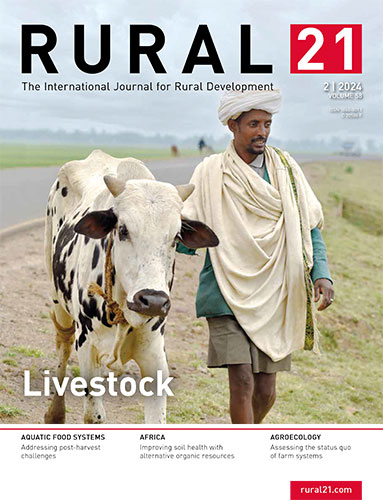 Read this article in French
Read this article in French- Share this article
- Subscribe to our newsletter
Global Trends in Forced Displacement 2023
Forced displacement surged to historic new levels across the globe last year and this, according to the latest edition of the Global Trends in Forced Displacement report published by UNHCR, the UN Refugee Agency, in June 2024.
The rise in overall forced displacement – to 120 million by May 2024 – was the twelfth consecutive annual increase and reflects both new and mutating conflicts and a failure to resolve long-standing crises. The figure would make the global displaced population equivalent to the population of the twelfth largest country in the world, Japan.
A key factor driving the figures higher has been the devastating conflict in Sudan: at the end of 2023, 10.8 million Sudanese remained uprooted. In the Democratic Republic of the Congo and Myanmar, millions were internally displaced last year by vicious fighting. The United Nations Relief and Works Agency for Palestine Refugees in the Near East (UNRWA) estimates that by the end of last year, up to 1.7 million people (75 per cent of the population) had been displaced in the Gaza Strip by the catastrophic violence, most of whom were Palestine refugees. Syria remains the world’s largest displacement crisis, with 13.8 million forcibly displaced in and outside the country.
The largest increase in displacement figures came from people fleeing conflict who remain in their own country, rising to 68.3 million people according to the Internal Displacement Monitoring Centre – up almost 50 per cent over five years.
The number of refugees, and others in need of international protection, climbed to 43.4 million when including those under UNHCR and UNRWA’s mandates. The vast majority of refugees are hosted in countries neighbouring their own, with 75 per cent residing in low- and middle-income countries that together produce less than 20 per cent of the world’s income.
The report demonstrated that world-wide, more than 5 million internally displaced people and 1 million refugees returned home in 2023. These figures show some progress towards longer-term solutions. Positively, resettlement arrivals increased to almost 160,000 in 2023.
The report also offered new analysis on the climate crisis and how it increasingly and disproportionately affects forcibly displaced people.
(UNHCR/ile)
Read more and download the report on the UNHCR website





Add a comment
Be the First to Comment